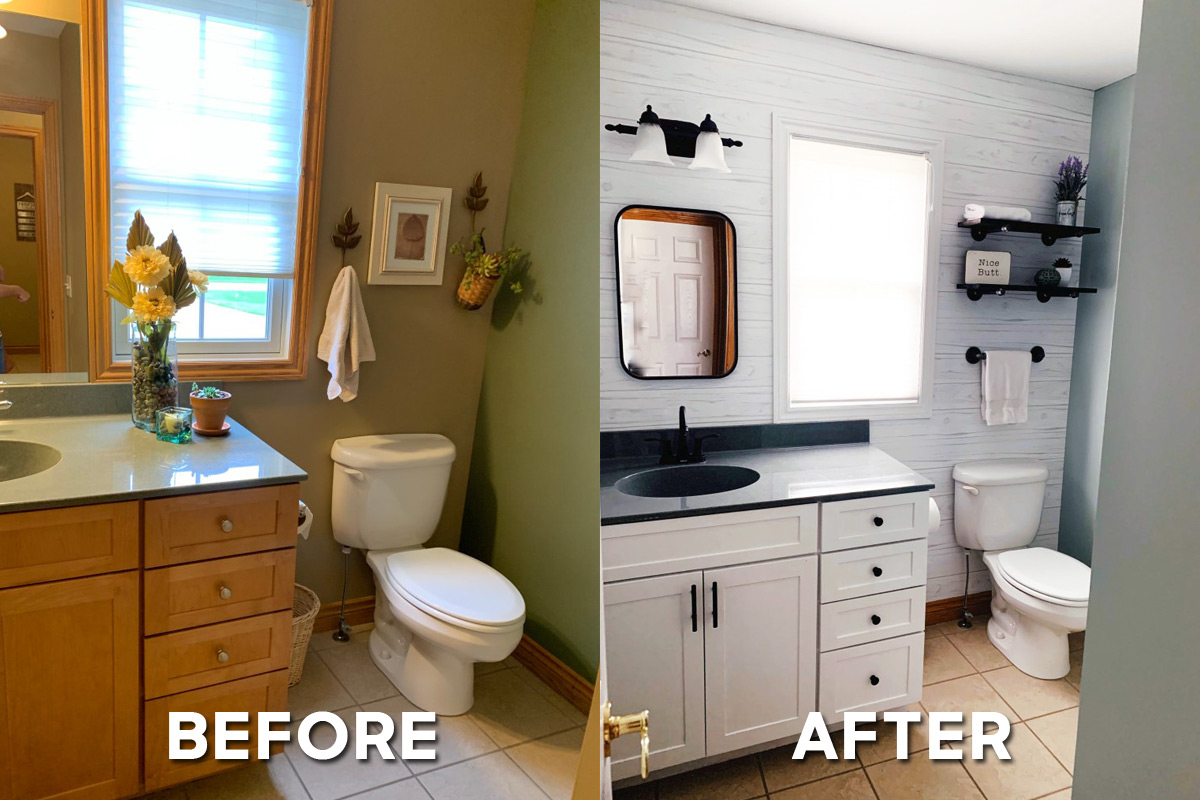
Plaster and Lath walls can be a great choice to drywall. They're durable, less expensive, and don't create health risks. If you're not sure about their advantages, read on to find out more. And don't worry: you'll never have to deal with a fungus or bacteria infestation. And because they're not insulated, they'll last a long time, even when exposed to humidity.
Cheaper than drywall
Both drywall and plaster are inexpensive to install, but drywall takes less time to prepare and install. It takes less time to dry than plaster and is therefore easier to install. Plaster, however, is more durable and solid, and it will last longer than drywall. Unfortunately, drywall can be damaged by moisture. It is easier to mount track systems or slatwall-storage systems.

Durable
A combination of lime and hydrated lime plasters can be used to create long-lasting plaster and lath walls. The plastering process requires some skill, although it is very simple. The first layer of plaster, called a scratchcoat, is applied directly on top of the lath. The brown coat is second. The walls can then be painted after the plaster has dried completely. Older buildings may contain additional ingredients. Horsehair was commonly mixed with plaster in traditional UK buildings. This gave the plaster extra strength and prevented any chunks from separating. This process has remained the same since.
Not a health hazard
It's possible that your walls aren't a health risk. Asbestos, which was used to insulate buildings and improve fire resistance, can cause this. This dangerous material can cause cancer and other problems. Plaster, a natural substance made of water and mineral deposits, has been around since thousands of years. It can dry into a firm material. However, plaster was frequently mixed with asbestos up until the mid-1980s to improve its fire resistance.
Insulated not
Not all houses that have lath walls and not insulated plaster are equally dangerous. Even solidly constructed walls, they settle over time. Plaster and lath can crack and plaster chunks can fall from the framework. This can affect the structural integrity of the building. These areas should be insulated before you begin construction.

Repairing is difficult
When it comes to plaster and lath walls, it is not always simple to make repairs. It's possible to make repairs with just a little bit more elbow grease and patience. There are many methods to repair plaster and lath walls. Drilling holes is one of the most common methods. Make sure you have enough space between the plaster and the lath. If you're unable to drill through the plaster/lath, you can use an awl or a screwdriver to do it.
FAQ
Which is more difficult: being a contractor or a handyman.
Being a handyman requires fewer resources than contracting, as you only need yourself and tools. You will need to be able manage your work and time, as contractors rely on subcontractors for most of their work.
How long does the process take to become handyman?
You will need to put in a lot of work over many years before you can become a handyman. It begins with helping friends and families and grows to become a full-time profession.
As you work, you will begin to acquire all the skills required.
Are there any things I should be aware of before I hire a handyman to help me?
You want to ensure that you only hire people who have experience with the project. It is also a good idea to ask for references and inquire about past customers. You might want to add extra cash to cover unexpected costs. It's important to check that your dog is licensed and insured.
Statistics
- “Before the pandemic, 40% of people asked how we could estimate a job when we weren't there,” Rose recalled. (inquirer.com)
- With a strong housing market, the handyman and general maintenance worker industry are expected to grow by nearly 10% in the next decade. (housecallpro.com)
- “Once the pandemic hit, that number fell to about 20%.” (inquirer.com)
- Mila keeps a commission of 20% for each completed service performed by Friends and charges various service fees regarding work done by Pros. (appjobs.com)
- More than 20% of homes in America have outdoor living spaces, including decks and patios. (mrhandyman.com)
External Links
How To
How to replace a damaged tile
Step 1 - Remove the old tiles.
Remove the old tiles from your flooring and put them aside. If you plan to use these tiles later, it is important that you keep them in good condition. Note which pieces are missing or damaged to avoid having to search for replacements.
Step 2 - Choose New Tiles
Look at these different options for replacing tiles.
-
You should find a similar tile to the one that you've just taken out.
-
Use the measurements you took when removing the tile to find a matching piece. This will allow you to quickly find the right size, without having to measure again.
-
Be open to different colors, patterns or textures.
-
Consider what grout you'd like to use (if any). Some people like a consistent color while others prefer mixing it.
-
You should ensure that the tile you choose is resistant to moisture.
-
The final thing to consider is the location of the tile. It will save you time and money if you make sure there's enough space for the proper installation.
-
Once you've decided on your tile, you can order it online or by calling your local Lowe's to place your purchase.
Step 3 - Install the new tiles.
To install your tiles, follow the same procedure as before. It's important to align them correctly in order for them to fit together.
Step 4 – Clean up
Be sure to vacuum up all crumbs and debris before applying the last layer.
This will prevent dirt and dust from settling into the cracks between the tiles that could cause mold.
Step 5 -- Sand the Floor
After cleaning everything, sand down the floor to remove any loose particles left behind by the previous step.
Step 6 - Close the door
Apply the protective coatings once the floor is smooth. Wait until the floor is completely smooth before applying the protective coatings to the tiles. Wet paint could stain the tiles' surface.
You can always use a "damp and dry" product on your floors to protect them from staining.
It will not address all problems that may arise once your tiles have been installed. You might want to add an anti-slip coating to the protective layer if there are a lot of children.
Finally, don't forget to keep your protective sealer in place for several weeks before moving into your new home.